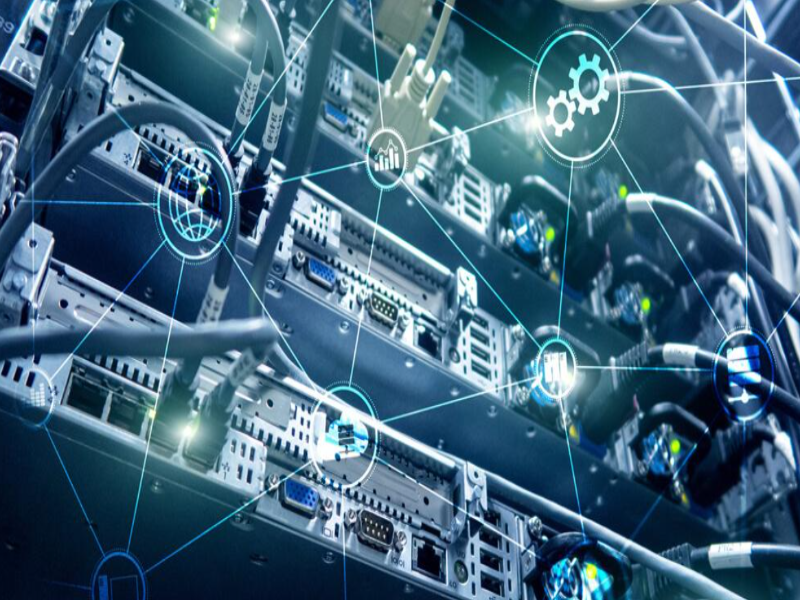- Network facilities are responsible for connecting and transmitting data, information, and resources so that various computing devices and systems can communicate and collaborate.
- Data centres provide reliable storage and computing power to support various businesses and applications. Security facilities protect networks and systems from malicious attacks and unauthorised access.
- Users using end devices are accessing and utilising corporate information. Management and monitoring tools are also important components.
The IT infrastructure is the core component that makes up an enterprise’s information technology systems, providing the essential hardware, software and network facilities needed to support enterprise operations and business fulfilment.
Network facilities
Network facilities are responsible for connecting and transferring data, information and resources so that various computing devices and systems can communicate and collaborate. Network facilities mainly include routers, switches, web servers, firewalls and wireless access points.
Routers and switches are responsible for transmitting data packets in a local area network (LAN) or wide area network (WAN) and interconnecting different networks. The network server provides network services and resources, such as file sharing, printing services and e-mail.
Firewall is used to monitor and control network traffic, protect network security, and prevent unauthorised access and attacks. A wireless access point (WAP) provides wireless network connectivity and allows mobile devices to access the network.
Also read: Can firewalls prevent phishing?
Data centre facility
Data centre facilities provide reliable storage and computing power to support various businesses and applications. Data centre facilities mainly include servers, storage devices, virtualisation platforms, data backup and recovery equipment.
The server is used to store and process data and run various applications and services, such as website hosting, database management, and application deployment. Storage Device provides efficient data storage and management, including hard disc drives, solid-state drives and network storage devices.
Virtualisation platforms divide physical resources into multiple virtual resources through virtualisation technology to improve resource utilisation and flexibility. Data backup and recovery devices are used to back up data regularly and to recover data in case of failure or disaster.
Security facilities
Security facilities are responsible for protecting networks and systems from malicious attacks and illegal access. Security facilities mainly include antivirus software, intrusion detection and prevention systems, security technology and access control systems.
Antivirus software is used to detect and remove computer viruses, malware and other security threats. The intrusion detection and prevention system (IDPS) monitors network traffic and system activity to detect and block potential intrusions.
Encryption is used to encrypt and decrypt data to protect its confidentiality and integrity. The access control system ensures that only authorised users can access and use system resources, preventing unauthorised access and data leakage.
Also read: Why is data centre security important?
Terminal devices
Terminal devices are devices used by users to access and utilise the enterprise information system, including personal computers, laptops, tablet PCs (personal computers), and smartphones.
Terminal devices are connected to the enterprise system through the network and allow users to perform various operations and interactions, such as browsing web pages, sending emails and accessing files.
Management and monitoring tools
Management and monitoring tools are software and tools used to manage and monitor the IT infrastructure. They provide real-time monitoring and management capabilities for various components such as networks, servers, and storage devices to ensure their proper operation and efficient functioning.

